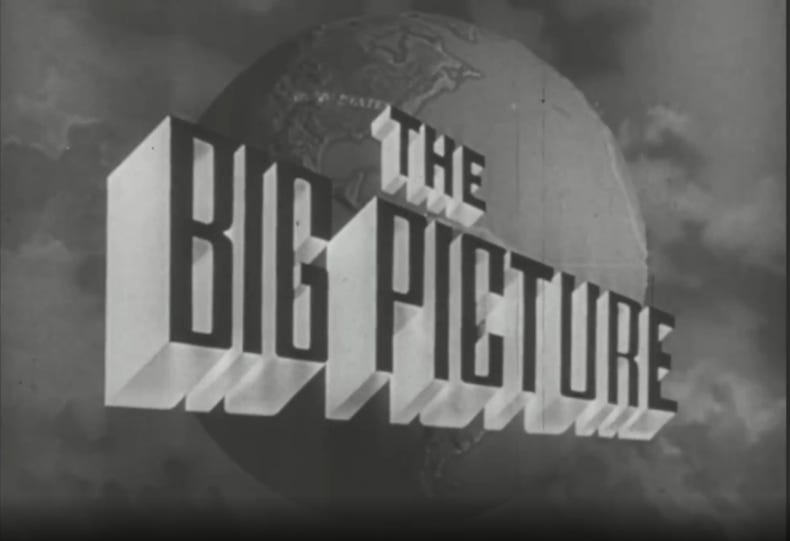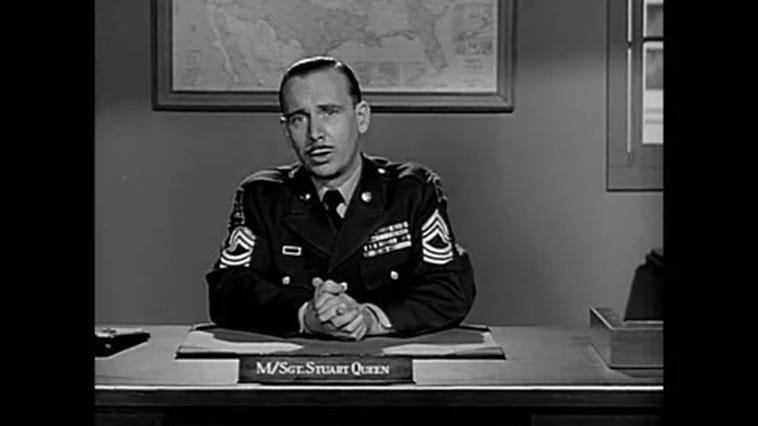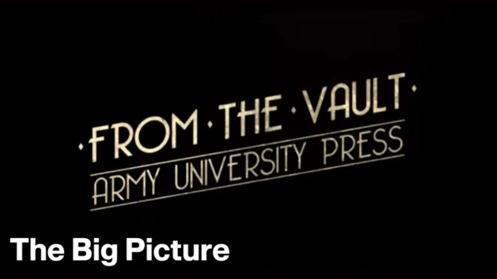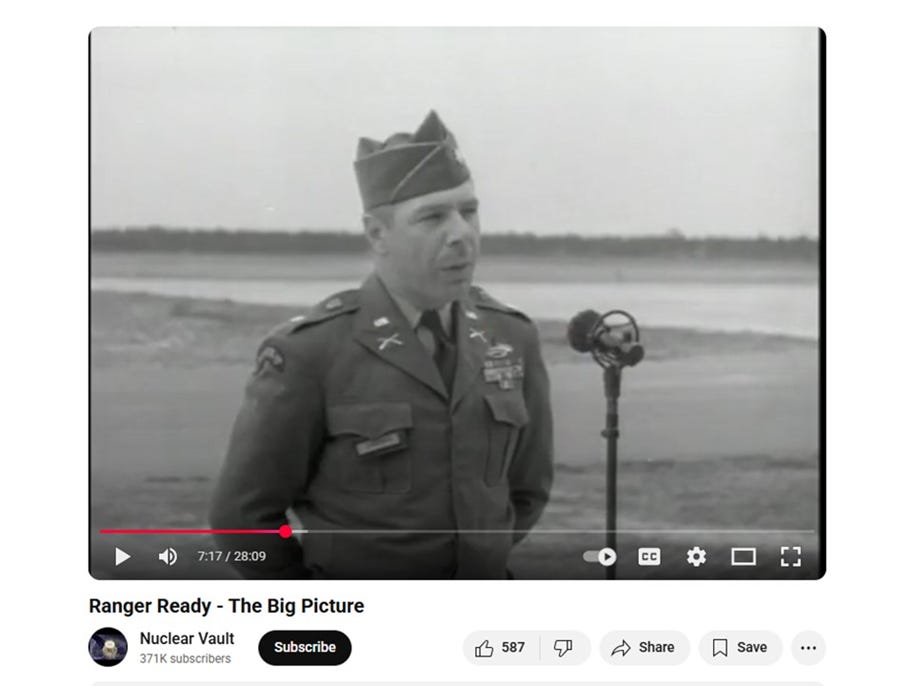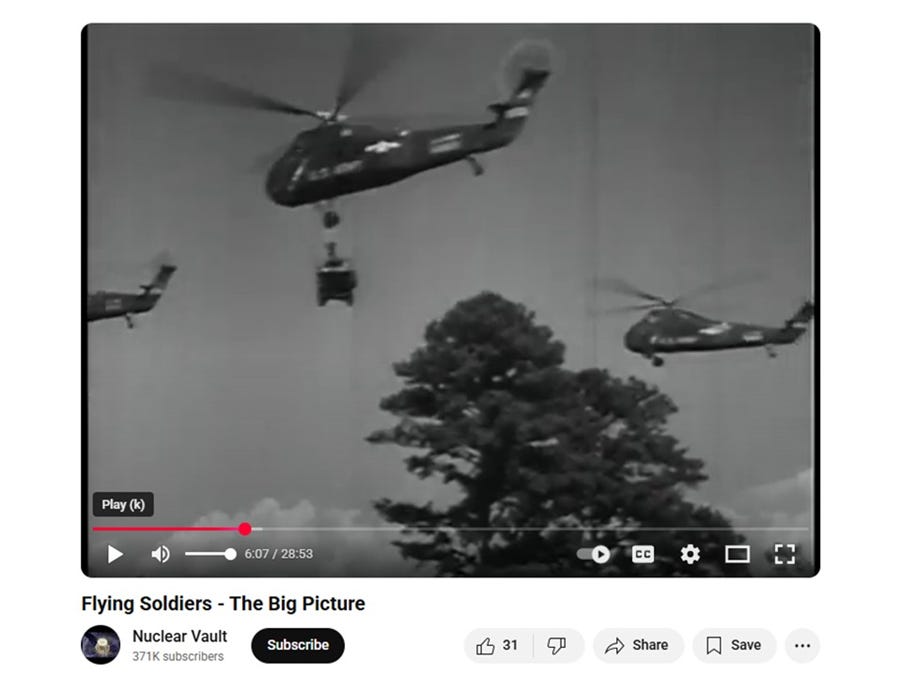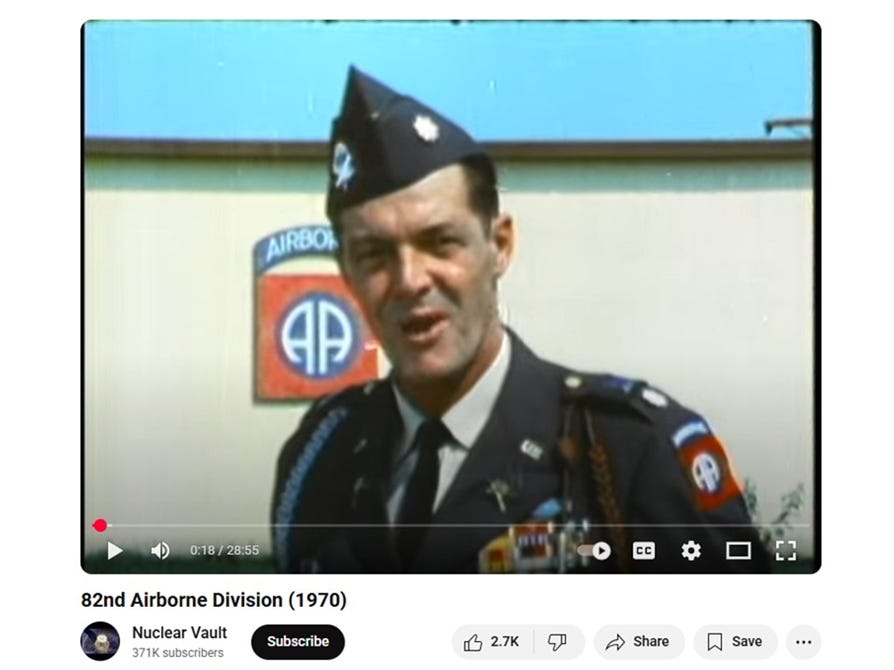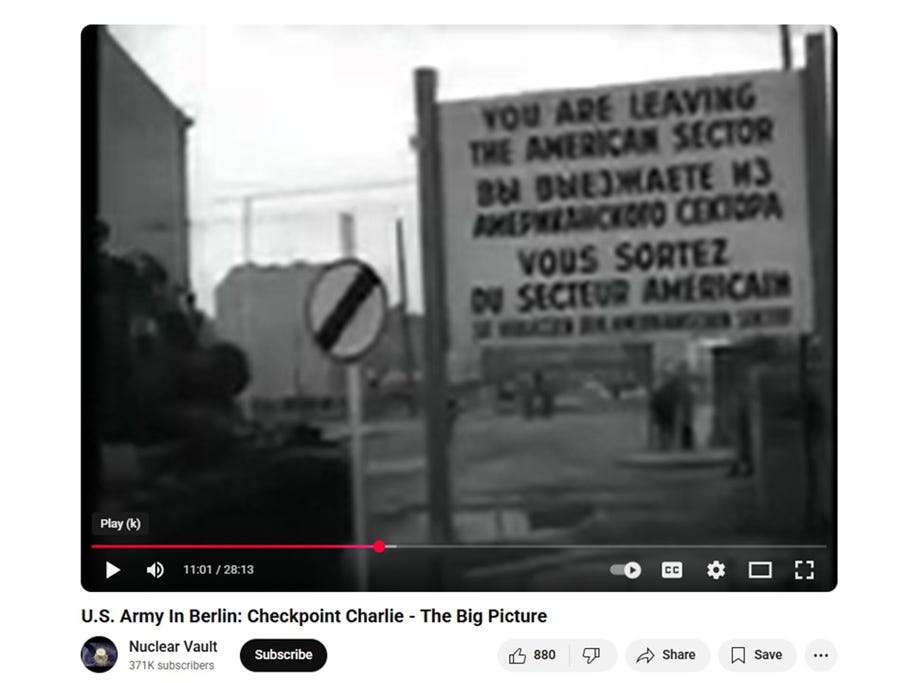Harding History
The Big Picture TV Show
Hello Fellow Hardos!
Since my last post, I’ve spent some time digging into the old Army TV show called The Big Picture. I recall watching this show in the 1960’s when I was in elementary and middle school. It contributed to my interest in serving in the Army and eventually going to West Point.
Photo courtesy of author.
The Army Pictorial Service of the US Army Signal Corps produced the show from 1951 to 1971 and broadcasted it on network, local, and educational TV stations as a syndicated program (the Army Pictorial Service no longer exists). This link takes you to an overview history of The Big Picture: http://www.armypictorialcenter.com/the_big_picture.htm
Each episode was 30 minutes long and covered a wide variety of topics. The first thirteen episodes in the series focused on the Korean War. After that, episodes covered many aspects of the Army from serving in Germany and other locations to individual branches, individual units, the reserve components, specialty schools, weapons systems, Army history, the Cold War, and then, later, Viet Nam. Viewed through the lens of American society in the third decade of the 21st century, the show can appear anachronistic and sometimes overly sentimental and idealistic. That perhaps is congruent with the times. However, the show was fairly popular during its 20-year run with 823 episodes until changes in the Army and society during Viet Nam made it less relevant and production ended. At the beginning of each show, the narrator states this is “an official television report to the nation from the United States Army.” MSG Stuart Queen figured prominently as the narrator in many episodes. Other narrators included famous people such as Henry Fonda (see Special Forces episode below) and Walter Cronkite.
The first 13 episodes about the Korean War can be found at this link at the Army University Press website. Many other episodes can be found on YouTube. I will provide specific YouTube links for the episodes I discuss later in this post.
Here are some episodes I’d like to highlight for you. I think you will find them interesting both for the topic and the history (and for a look at how the Army has changed since then).
Ranger Ready
This early episode filmed in 1951 or 1952 about Ranger School includes a clip showing (then) MAJ Arthur D. “Bull” Simons when he was the Commanding Officer of the Florida Ranger Camp (not yet named Camp Rudder). He was a veteran of the 6th Ranger Battalion in World War 2, the ground force commander during the 1970 Son Tay raid in Vietnam, and later after he retired from the Army worked with Ross Perot to rescue two Electronic Data Systems employees who had been arrested in Iran in 1979. “Bull” Simons is in the Ranger Hall of Fame.
Special Forces
This episode about Special Forces is narrated by Henry Fonda. The film was made most likely in the early 1960’s as Laos, Vietnam, and Cuba are mentioned in the clip of the classroom at the Special Warfare Center & School.
The Atomic Battlefield
This episode on Army open air nuclear testing at the (then) Nevada Test Site during the SMOKY test in 1957 as part of the Operation PLUMBBOB series of tests. The troops were stationed at Camp Desert Rock, which was near Mercury at the Nevada Test Site. These open-air tests were of great interest to me as a Functional Area 52 (Nuclear and Countering Weapons of Mass Destruction) officer.
The Flying Soldier
Army Aviation is highlighted in this episode. It is amazing to see how far the capabilities of Army Aviation fixed and rotary wing have come since the late 1950’s.
The 82nd Airborne Division
The 82nd Airborne Division is showcased in this episode from 1970 filmed in color. This was filmed before the 82nd Airborne Division started wearing maroon berets. The narrator is wearing the Army Green garrison cap with glider patch in Class A uniform. Later clips show paratroopers wearing their unit wing background behind their wings on their fatigue caps, and with full color patches on their sleeves. At the end there is short section on the Jumpmaster course at the Advanced Airborne School.
Checkpoint Charlie – 1961
The last episode to highlight is this on Checkpoint Charlie in (then) West Berlin with its interesting Cold War perspective. Filmed in late 1961, it also includes at the end a clip memorializing the 1948-1949 Berlin Airlift with a visit by GEN(ret) Lucius D. Clay as the President Kennedy’s Special Ambassador for the Berlin Crisis. GEN Clay had been the High Commissioner (i.e. military governor) for the US Occupation Zone in West Germany, and overall commander for the Berlin Airlift.
I hope you take the time to watch an episode or two that pique your interest. Thank you and enjoy your weekend reading … and watching!
Barrett F. Lowe
COL, USA (ret)


